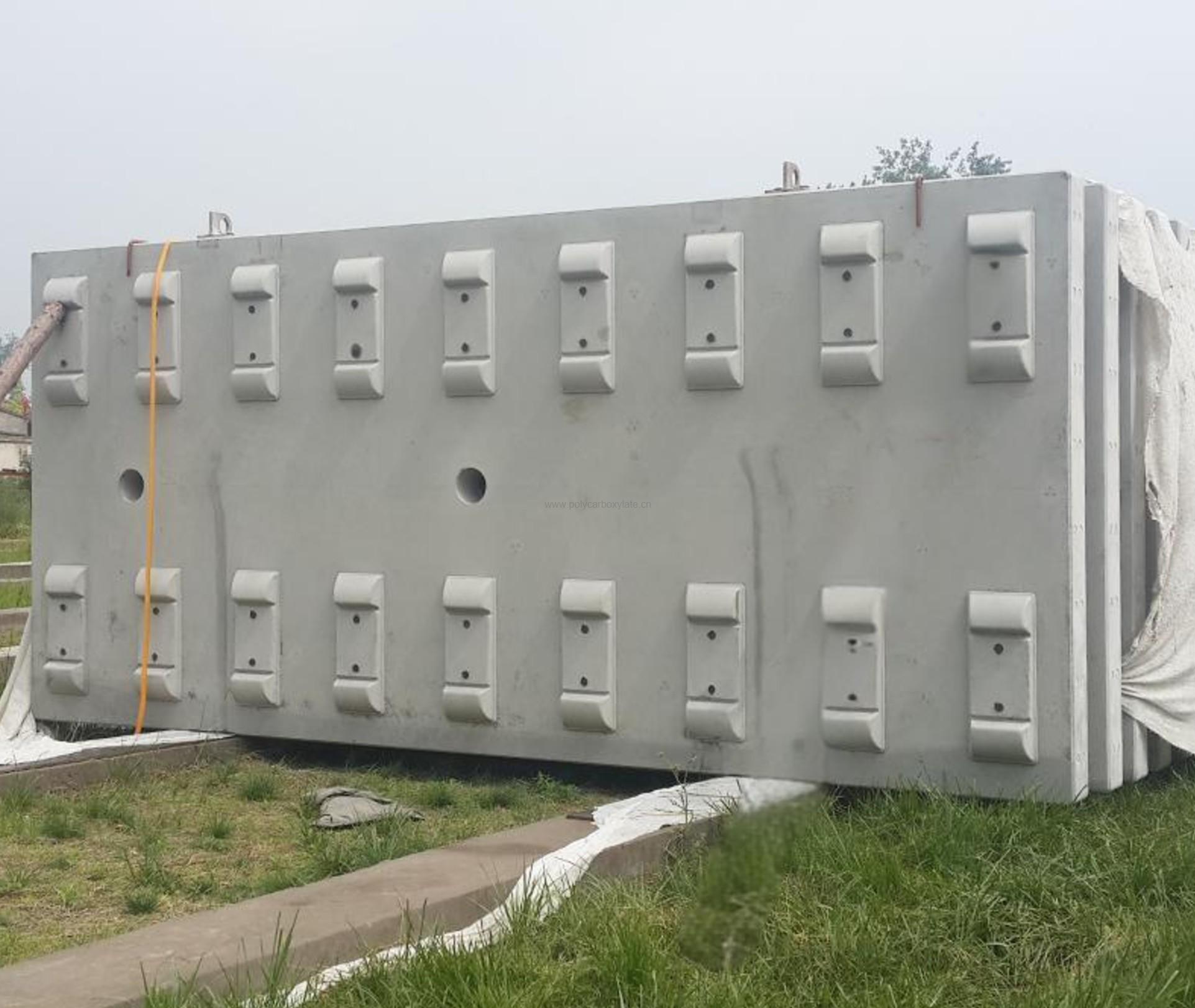Application of amorphous calcium aluminate in precast concrete components under low temperature in winter
Application of amorphous calcium aluminate in precast concrete components under low temperature in winter
Keywords
amorphous calcium aluminate, low temperature, concrete, precast components

Under low temperature in winter, the construction and maintenance of precast concrete components need to pay special attention to insulation measures, temperature control and material selection. The following are the detailed points:
Insulation measures:
Under low temperature environment, the hardening and strength development of concrete will be affected. The formwork cannot be removed too early. The demolding time should be appropriately extended, and insulation measures should be taken, such as using insulation materials, heating equipment or covering the surface of the component with an insulation layer to prevent the component from being frozen.
Thin-walled components are easily affected by external temperature due to their fast heat conduction, so special attention should be paid to insulation. After demolding, the temperature should be slowly cooled to prevent the pedestal and precast components from bonding, and the components from being affected by their own thermal expansion and contraction.
Temperature control:
The first principle of winter concrete construction is to maintain a suitable working temperature. When the ambient temperature is below 5℃, special measures should be taken to keep warm. For example, heating the mixture, raising the temperature of the concrete mixture by heating aggregates, water and additives; the poured concrete should be immediately covered with insulation materials, such as plastic film, straw mats, insulation blankets, etc. For large structures, such as bridge piers, steam curing or electric blankets can be considered for heating and insulation. At the same time, thermometers should be used to regularly monitor the internal and ambient temperatures of the concrete, and insulation measures should be adjusted in time according to the monitoring results. Material selection and proportion adjustment: Winter construction has special requirements for the selection of concrete materials. Low-hydration hot cement should be used to reduce the temperature stress inside the concrete and reduce the risk of cracks. Antifreeze can be added to lower the freezing point of concrete to prevent water from freezing and affecting the normal hydration reaction of concrete. However, the type and amount of antifreeze should be selected according to specific engineering conditions to avoid negative effects on concrete performance. Appropriately reducing the water-cement ratio can improve the frost resistance of concrete, but the workability of concrete needs to be maintained to avoid construction difficulties. In summary, the construction and maintenance of precast concrete components in low temperature environments in winter is a comprehensive process, which requires comprehensive consideration of multiple aspects such as insulation, temperature control and material selection to ensure the quality and performance of the components.
Advantages of the application of amorphous calcium aluminate in low temperature environments:
Because the internal particles of amorphous calcium aluminate are arranged irregularly and have no certain geometric shape, the hydration activity is higher. When used as an admixture in concrete, 12CaO·7Al2O3 in amorphous calcium aluminate reacts quickly with CaSO4 and Ca(OH)2 in cement and water to form calcium aluminate. As a result, the setting time is greatly shortened, the compressive strength within 1d is improved, and the drying shrinkage is reduced.
Based on the use of amorphous calcium aluminate admixtures, the production efficiency of precast components can be doubled; the drying shrinkage is reduced, the yield rate of precast components is enhanced; and the use strength and service life of precast components are improved.

